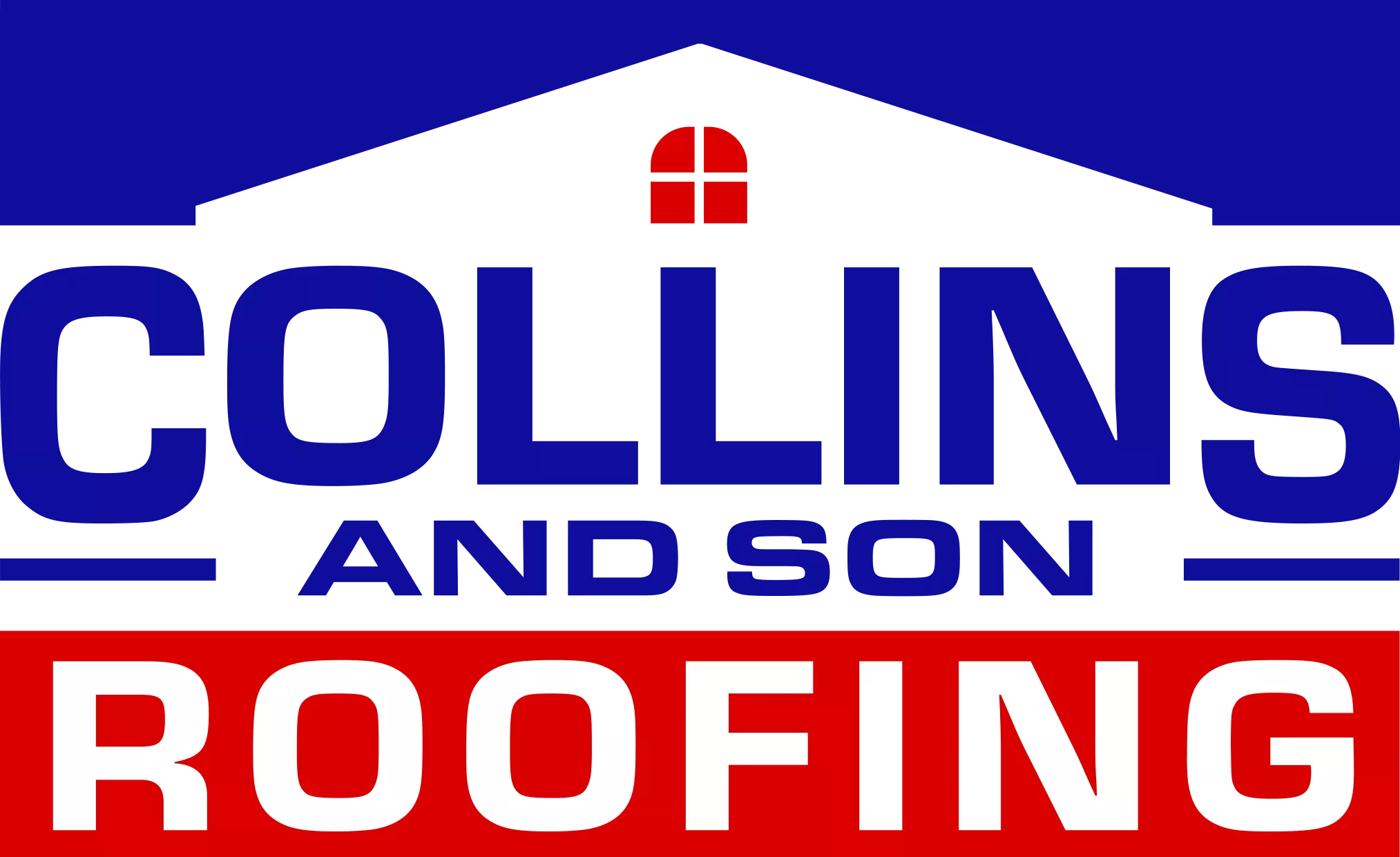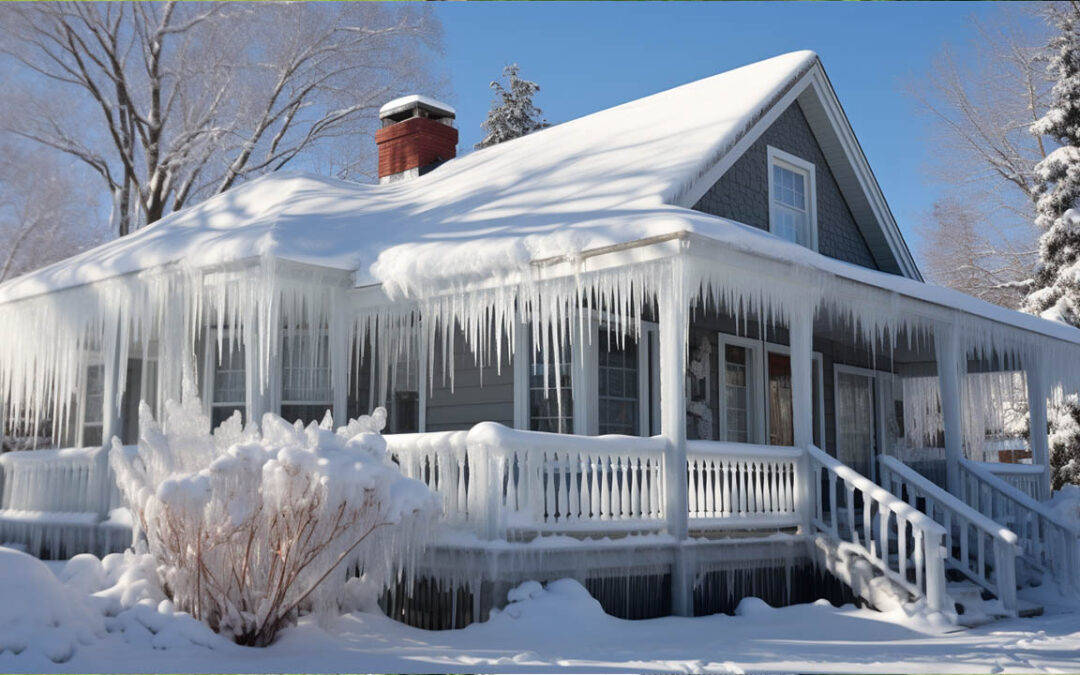Winter brings with it a host of challenges for homeowners, and one of the most common issues faced is the formation of ice dams. These ridges of ice form at the edge of roofs, preventing water from draining. When left unchecked, they can lead to significant damage to both the exterior and interior of your home. At Collins & Son Roofing, we understand the importance of preventing these ice dams and have compiled a comprehensive guide to help you do just that.
The Science Behind Ice Dams
Ice dams form when snow on the roof melts, flows down, and then refreezes at the colder eaves. This creates a barrier, preventing subsequent meltwater from draining off the roof. Over time, this water can seep under shingles, leading to leaks and potential damage to walls, ceilings, and insulation.
Keeping Your Roof Cold: The Key to Prevention
It might sound counterintuitive, but the secret to preventing ice dams is maintaining a cold roof. Here’s how:
1. Adequate Insulation:
Ensure that your roof’s underside temperature doesn’t exceed 30 degrees Fahrenheit. This allows snow to dissipate without producing excessive water. Check for sufficient insulation and seal any gaps that might let warm air escape from the attic.
2. Effective Ventilation:
Your attic needs proper ventilation. This ensures that warm air exits quickly when replaced by cold air. A well-ventilated attic prevents rapid snow melting on the roof. When meltwater reaches the colder eaves, it can freeze, leading to ice dams. Ensure that your attic has a balanced system with both intake and exhaust vents.
3. Special Considerations for Attic Furnaces:
If your home has a furnace in the attic, additional measures are needed. Add extra insulation between the roof rafters, ensuring there’s airspace between the roof deck and insulation to prevent condensation. Using polystyrene rafter air channels can be beneficial. Also, lay insulation over heating ducts to minimize heat buildup. If existing vents aren’t dissipating heat adequately, consider adding motorized vents for better temperature regulation.
Recognizing the Signs of an Ice Dam
Despite best efforts, ice dams can still form. It’s crucial to recognize the signs early to mitigate potential damage:
- Shadow Lines on the Ceiling: These are dark lines that can appear due to condensation forming on cold strips on the ceiling, trapping dust and leading to mold growth. Cleaning these areas with a bleach solution can help.
Collins & Son Roofing: Your Partner in Roof Maintenance
As one of the leading roofing companies in Conway AR, Collins & Son Roofing is committed to helping homeowners maintain the integrity of their roofs. Whether you’re looking for roof repair in Conway AR or seeking advice on winter roof maintenance, our team is here to assist. Remember, proactive measures can save you from costly repairs in the long run. Trust in our expertise and ensure your home remains safe and dry this winter.
In Conclusion
Understanding and preventing ice dams is crucial for homeowners, especially in regions prone to heavy snowfall. By ensuring a cold roof, optimizing attic ventilation, and recognizing early signs of ice dams, you can protect your home from potential damage. For any roofing concerns or assistance, Collins & Son Roofing is just a call away. As a trusted roofing service in Conway AR, we’re here to ensure your peace of mind.

